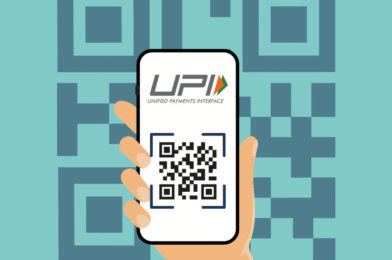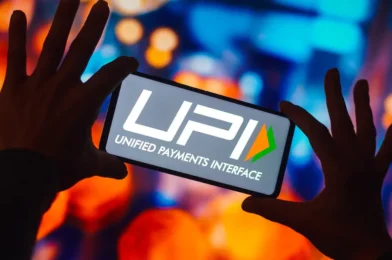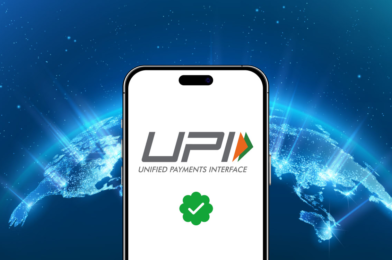Google Pay is once again pushing the boundaries of digital payments with the launch of its game-changing voice-activated UPI payment feature. As part of its ongoing efforts to simplify and innovate within the digital finance space, Google Pay is introducing a feature that will allow users to make UPI payments simply by speaking. This addition is set to revolutionize how millions of people in India make payments, making the process more intuitive, seamless, and accessible than ever before.
The Convenience of Voice-Activated Payments
Gone are the days when users had to manually enter recipient details, payment amounts, and navigate through various screens in the app. With the new voice-activated feature, all users need to do is speak. Whether you’re sending money to a friend, paying a merchant, or settling a bill, all it takes is a simple voice command like “Pay ₹500 to [Name]” or “Send ₹1000 to [Merchant Name] for groceries.” The AI-powered system will process the transaction instantly, taking the hassle out of manual payment inputs and reducing the risk of errors.
This voice-based technology offers significant convenience, particularly for those on the go. Busy individuals, drivers, and multitaskers can now make payments without needing to stop and interact with their phone’s interface, making the entire experience quicker and more efficient.
Making Payments More Accessible
In a country like India, where literacy rates can vary and many users may not be fully comfortable with typing or navigating digital interfaces, this voice-activated feature offers a new level of accessibility. By allowing transactions to be initiated with simple spoken commands, Google Pay is breaking down barriers for individuals who may face challenges using traditional payment methods. This feature also holds the potential to bring digital finance to rural and underserved populations, ensuring that everyone, regardless of literacy levels or tech-savviness, can participate in the digital economy.
Further enhancing this accessibility, the system will support multiple local languages through its integration with the Government of India’s Bhasini AI project. This will allow users to interact with Google Pay in their native language, ensuring that voice-based transactions are possible for people across different regions and linguistic backgrounds. For instance, a user could simply say “Pay ₹500 for groceries” in Hindi, Tamil, or any other supported language, making it easier to use the app in diverse contexts.
Boosting Security with AI and Machine Learning
Alongside improving user experience, Google Pay is also doubling down on security. The voice-activated payment system leverages artificial intelligence and machine learning to ensure that transactions are safe and accurate. The AI system will verify and authenticate voice commands, ensuring that only authorized users can make payments through their voice. This helps prevent fraudulent transactions and adds an additional layer of security to the payment process.
Moreover, Google’s advanced machine learning algorithms will constantly adapt to understand the user’s voice patterns, accents, and speech nuances, ensuring a high degree of accuracy in voice recognition. This technology will also reduce the likelihood of mistakes or misinterpretations during transactions.
Strengthening Google Pay’s Position in the UPI Market
As of late 2024, Google Pay is one of the leading players in the UPI payment space, holding a 37% market share, just behind PhonePe’s 47.8%. Together, Google Pay and PhonePe dominate the UPI landscape, accounting for more than 80% of the market. This new voice-activated feature is poised to give Google Pay an even greater advantage, attracting more users and further cementing its position as a top choice for UPI transactions.
The integration of voice technology into Google Pay could also lead to increased adoption of digital payments among the wider Indian population, including those who may not have been as familiar with app-based payments. For people who already rely on UPI for their transactions, this new feature offers an extra layer of convenience and modernity, making it even more appealing.
The Future of Digital Payments
This voice-activated UPI payment feature marks just the beginning of what could be a transformative shift in how digital payments are made in India and beyond. As Google continues to invest in AI, machine learning, and voice recognition technologies, we can expect more advanced and user-friendly payment solutions to emerge. Whether it’s enhancing the safety of online transactions or enabling users to pay in their local language, Google Pay is determined to stay at the forefront of innovation in the digital payment space.
In conclusion, Google Pay’s voice-activated UPI payments are set to make digital transactions easier, faster, and more inclusive. With a focus on accessibility, security, and user experience, this feature has the potential to not only revolutionize how people make payments but also drive the adoption of digital payments in India’s rapidly growing economy. Get ready for a smarter, safer, and more convenient way to make payments with Google Pay—your voice is all you need.









